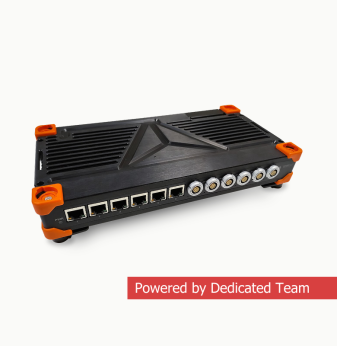Building Efficiency with KNX, BACnet, and Matter. Practical Solutions for Industrial Automation
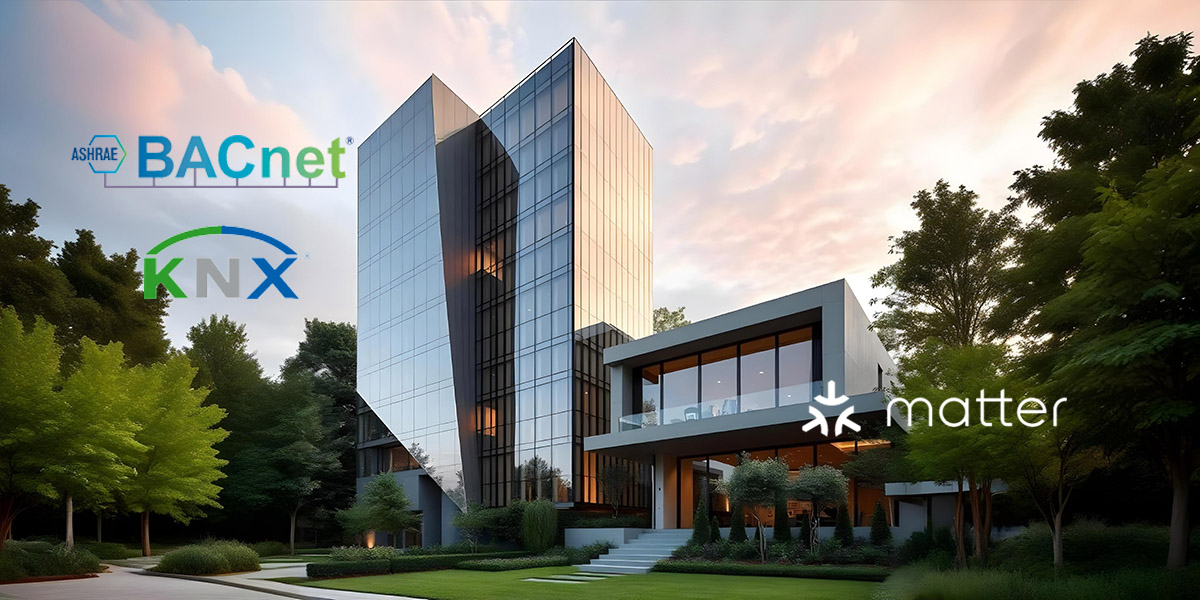

Integrating protocols KNX, BACnet, and Matter is important for effective automation and interoperability in building management systems. Each protocol provides solutions for HVAC, lighting control, energy management, and more. Let’s explore how leveraging their unique capabilities helps enhance smarter and more sustainable environments in building automation.
In modern architecture, optimising building efficiency has become essential in response to increasing energy costs and the push for sustainable design. By reducing energy consumption and improving comfort and functionality, efficient buildings are a top priority for architects, engineers, and facility managers.
To meet these objectives, advanced technologies provide real-time monitoring, control, and optimisation of building systems. KNX, BACnet, and Matter are prominent among these solutions – each bringing distinct benefits to enhance building performance.
KNX technology offers a solid foundation for building control, BACnet is perfect for HVAC and lighting control, and Matter smart home products provide connectivity and interoperability at the forefront of home automation. Understanding how these technologies work opens new levels of efficiency and convenience for your projects.
Table of contents
How do you choose the right protocol?
Why does DALI remain the de facto standard for lighting solutions?
KNX
KNX is a standard in building automation and is widely accepted for its ability to increase the efficiency and functionality of architectural systems. KNX, short for Konnex, was designed to integrate different building management systems into a single structure. Its main goal is to optimise the control of a wide range of building functions, from lighting and heating to security and energy management.
One of the key characteristics of the KNX system is its flexibility. It supports many types of equipment, including sensors, actuators and controllers, which can be customised to meet the specific requirements of different buildings.
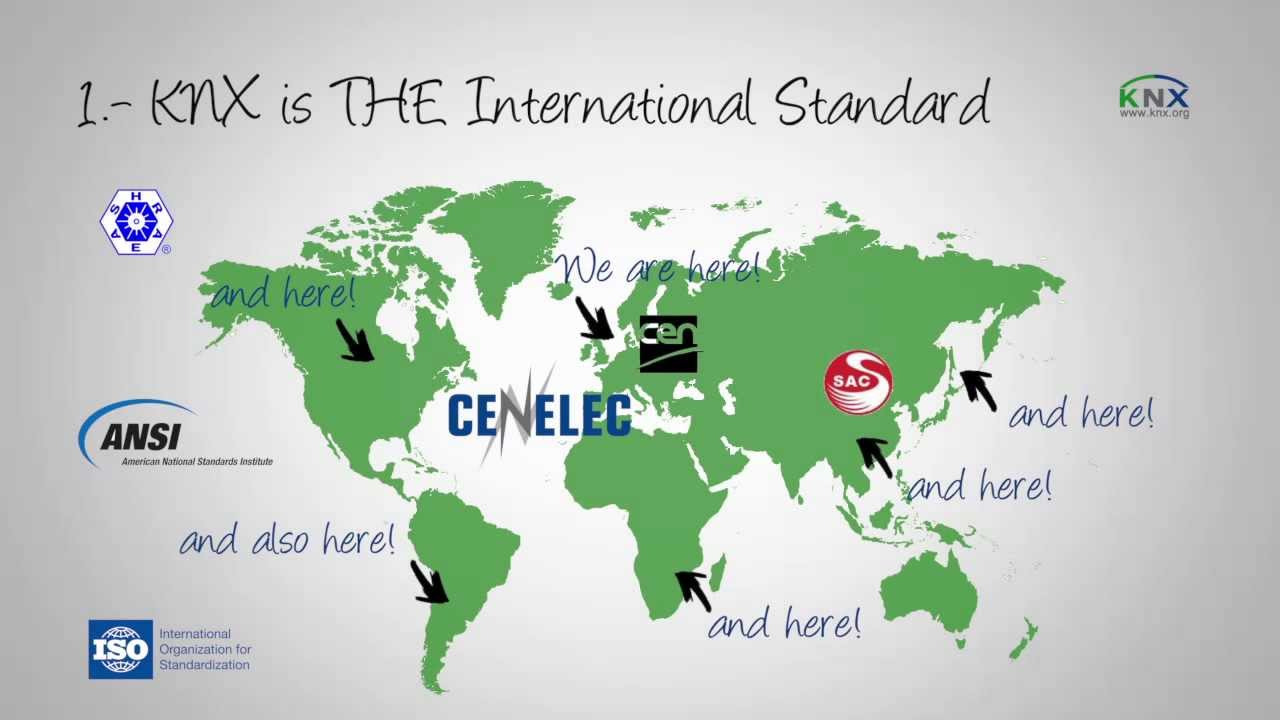
More than 300 manufacturers from all over the world are KNX Association members. Source: Youtube-channel of KNX Association
The KNX controller is a central point coordinating communication between the various devices, ensuring that commands are executed accurately and promptly. It makes it possible to create complex control schemes, such as automatic lighting adjustment according to occupancy or temperature regulation according to the time of day.
The KNX standard is characterised by its interoperability, which means that devices from different manufacturers can be integrated into a single KNX network without compatibility problems. This aspect of KNX technology simplifies the installation process and protects the system in the future, making it easy to expand. KNX home assistant’s function allows users to control building systems via smartphones or tablets for high convenience and control.
KNX is used in many building types, including residential, commercial and industrial. It is an excellent choice for commercial buildings as they require high customisation and integration.
KNX integration with BACnet
By combining KNX and BACnet in building management system, you can create a unified control system that leverages the broad compatibility of KNX devices with the advanced control capabilities of BACnet.
KNX is well suited for controlling building functions on a granular level, e.g. setting up lighting scenes or controlling heating zones. With its detailed control capabilities, BACnet is ideal for controlling HVAC systems and energy management.
BACnet
BACnet (building automation and control network) is a standard for communication between different building management systems. It aims to create an integration environment for controlling various building functions, from HVAC (heating, ventilation and air conditioning) to energy management systems. It links disparate systems into a cohesive network for accurate data transfer between devices and subsystems in a building.

Architecture of building automation system using BACnet
One of the key advantages of BACnet is its versatility in supporting different data transmission media. These include BACnet over Ethernet, which enables high-speed data exchange between networked devices, and BACnet to MQTT, which integrates with cloud systems and IoT platforms.
A BACnet HMI (human-machine interface) allows operators to monitor and control building automation systems through a graphical interface that communicates directly with BACnet-compatible devices and networks.
Introducing BACnet SC (secure connect) extends the protocol's capabilities by offering extra security features for data integrity and protection against unauthorised access. The BACnet Ethernet protocol provides the reliable communication links required for large-scale implementations. These features combine to contribute to the protocol's ability to support complex building automation needs.
In practical applications, BACnet is widely used in BACnet BMS (building management systems), where it plays an important role in HVAC, lighting and energy management. In HVAC systems, BACnet provides precise control of temperature, humidity and air quality through communication between thermostats, air handlers and other components.
BACnet in home automation applications uses the protocol to integrate various home systems into a single control platform. This integration allows homeowners to control lighting, climate, and security systems through a single interface, increasing convenience and improving energy efficiency.
Overall, the BACnet protocol stands out for its ability to unify and optimise building automation systems, offering better flexibility and security. Its integration with technologies such as BACnet control and BACnet over Ethernet provides the foundation for building management and operations.
Matter
Matter is a protocol developed by the Connectivity Standards Alliance (CSA), formerly the Zigbee Alliance. The protocol aims to simplify and unify smart home ecosystems through a standardised approach. Its main goal is to increase interoperability between different smart devices, ensuring that they work regardless of manufacturer or platform.
Matter technology helps to connect lighting, heating, security and entertainment systems into a unified and easily manageable network. By adhering to the Matter standard, manufacturers and developers can ensure their products are compatible with other Matter-certified devices, paving the way for a more connected and convenient smart home.
One of the distinguishing features of the Matter smart home protocol is its focus on simplicity and reliability. It is designed to support both local and cloud-based communications for better control over smart home systems. Matter's smart home solutions provide a high level of privacy with advanced encryption to protect data and enable secure communication between devices.
Matter's technology is also characterised by its ability to enhance interoperability. By creating a common communication framework, Matter enables devices from different manufacturers to work together. This interoperability is critical in a fragmented market where consumers often struggle with compatibility issues between smart home products.
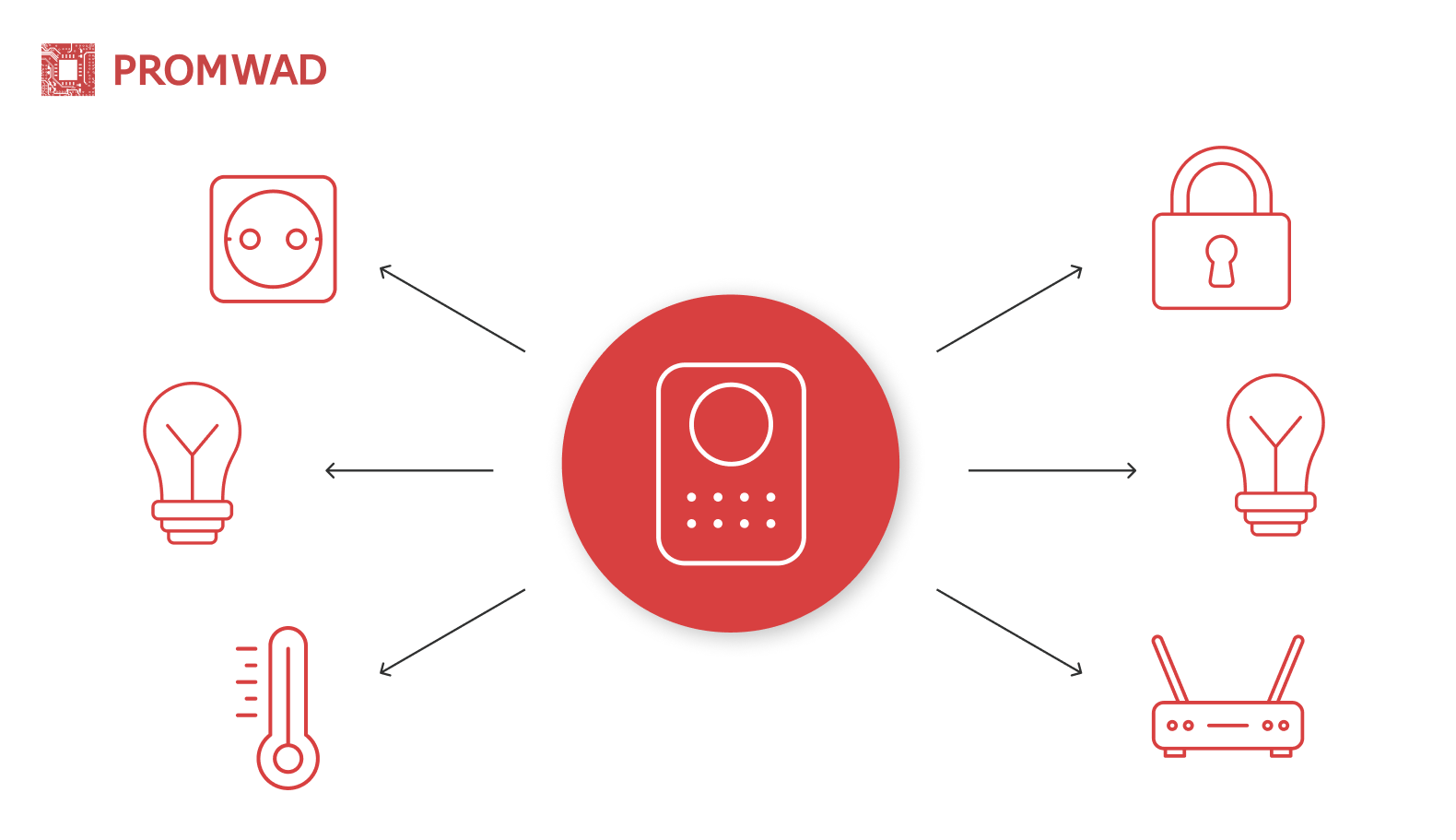
Individual devices or nodes form a common fabric in Matter
Matter's smart home protocol plays a key role in increasing interoperability between devices. Prior to Matter, many smart home ecosystems were isolated from each other and different standards created barriers to integration. Matter standard for smart home solves this problem by providing a common protocol that devices can adhere to, facilitating communication between different platforms and ecosystems.
In essence, Matter's technology promotes a more integrated and harmonious environment. As the industry evolves, adopting the Matter protocol for the smart home will be key to achieving a truly connected and efficient automation ecosystem.
How do you choose the right protocol?
KNX, BACnet, and Matter protocols have unique advantages. When thoughtfully integrated, they provide a complete and comprehensive building management solution.
When to choose KNX:
- Comprehensive building control. It is perfect for complex building automation systems requiring extensive control over lighting, HVAC, and shading.
- Established standards. Best for projects where adherence to an internationally recognised standard is crucial.
- Flexibility. Suitable for both residential and commercial applications where integration flexibility is needed.
- Interoperability. Effective for integrating various devices from different manufacturers within the same system.
When to choose BACnet:
- HVAC and energy management. Optimal for systems focused on heating, ventilation, air conditioning, and energy management due to its strong support for these applications.
- Large-scale building management. The best option for large commercial and industrial buildings requires robust integration of BMS (building management system).
- Interoperability with diverse systems. Useful for environments where integration with existing systems and equipment from multiple vendors is necessary.
- Customisation. Best suited for projects needing extensive scalability.
When to choose Matter:
- Smart home integration. Perfect for residential projects where seamless integration of smart home devices across different platforms is required.
- Cross-platform compatibility for environments where devices from various manufacturers need to work together effortlessly.
- User-friendly setup. Suitable for applications that benefit from straightforward device pairing and easy configuration.
- Future-proofing. It is the best option for projects where long-term device compatibility and adherence to a modern standard are priorities.
Why does DALI remain the de facto standard for lighting solutions?
While Matter technology standard significantly advances device interoperability, DALI (digital addressable lighting interface) remains the de facto standard for lighting solutions. DALI is specifically designed to meet the complex challenges of modern lighting control, providing accurate and reliable control over lighting fixtures, dimming and colour temperature control.
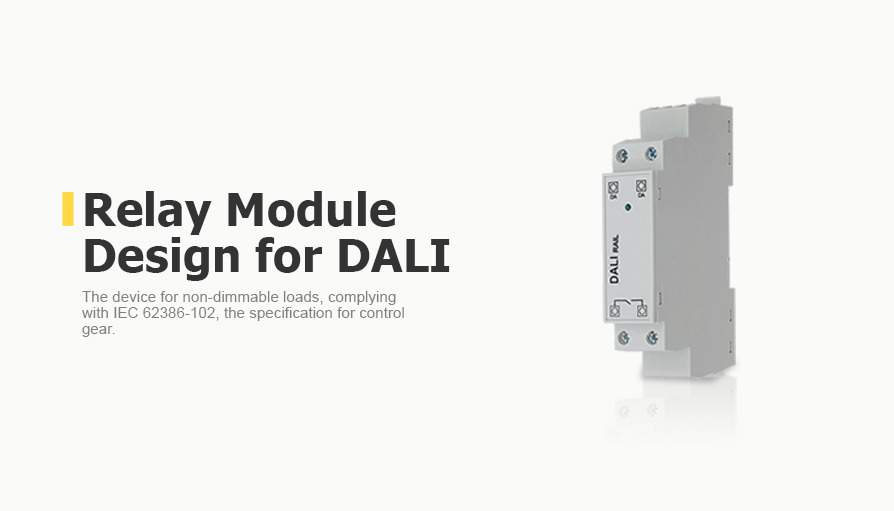
Commissioned by a European electrical manufacturer, we created a compact DALI relay module for controlling lighting applications
DALI’s strength lies in its ability to provide detailed, addressable control of individual lighting fixtures in a system. Unlike Matter, which focuses on the broad compatibility of different types of devices, DALI is explicitly designed for lighting.
Challenges and сonsiderations of KNX, BACnet, and Matter
When implementing advanced building automation networks, the integration of KNX, BACnet, and Matter presents several challenges and considerations that need to be addressed to ensure smooth and efficient operation.
One of the main challenges when using KNX, BACnet and Matter is ensuring compatibility between these different protocols. Each protocol has its own standards and communication methods, which can lead to difficulties in integration.

Smart home system units based on Matter protocol
KNX may not communicate with BACnet, which specialises in HVAC and energy management. Similarly, although Matter aims to standardise communication between smart devices, its integration with existing KNX and BACnet systems can be challenging. The use of gateways and special middleware, as well as the use of open standards and integration mechanisms, can help overcome compatibility issues.
Another point of difference is that KNX, BACnet and Matter implementation can be costly, especially when integrating advanced features and ensuring interoperability between systems. KNX often requires investment in specialised equipment and extensive configuration, while BACnet can be expensive to implement with complex HVAC control and monitoring systems.
In this situation, it's important to evaluate the potential benefits of each protocol against their costs and prioritise investments in areas that provide the most value for your needs. It's also important to design systems with future scalability in mind.
***
The integration of KNX, BACnet and Matter protocols makes a huge impact on modern building management systems. Each of these protocols offers unique advantages: KNX technology provides a framework for overall building management, BACnet is well suited for HVAC and lighting control, and Matter smart home products provide advanced connectivity and interoperability for home automation.
As the need for sustainable and energy-efficient buildings grows, adopting these advanced industrial automation protocols becomes critical. Choosing the right protocol leads to smarter, greener and more efficient buildings.
Ready to enhance your building automation systems with the latest KNX, BACnet and Matter solutions?



